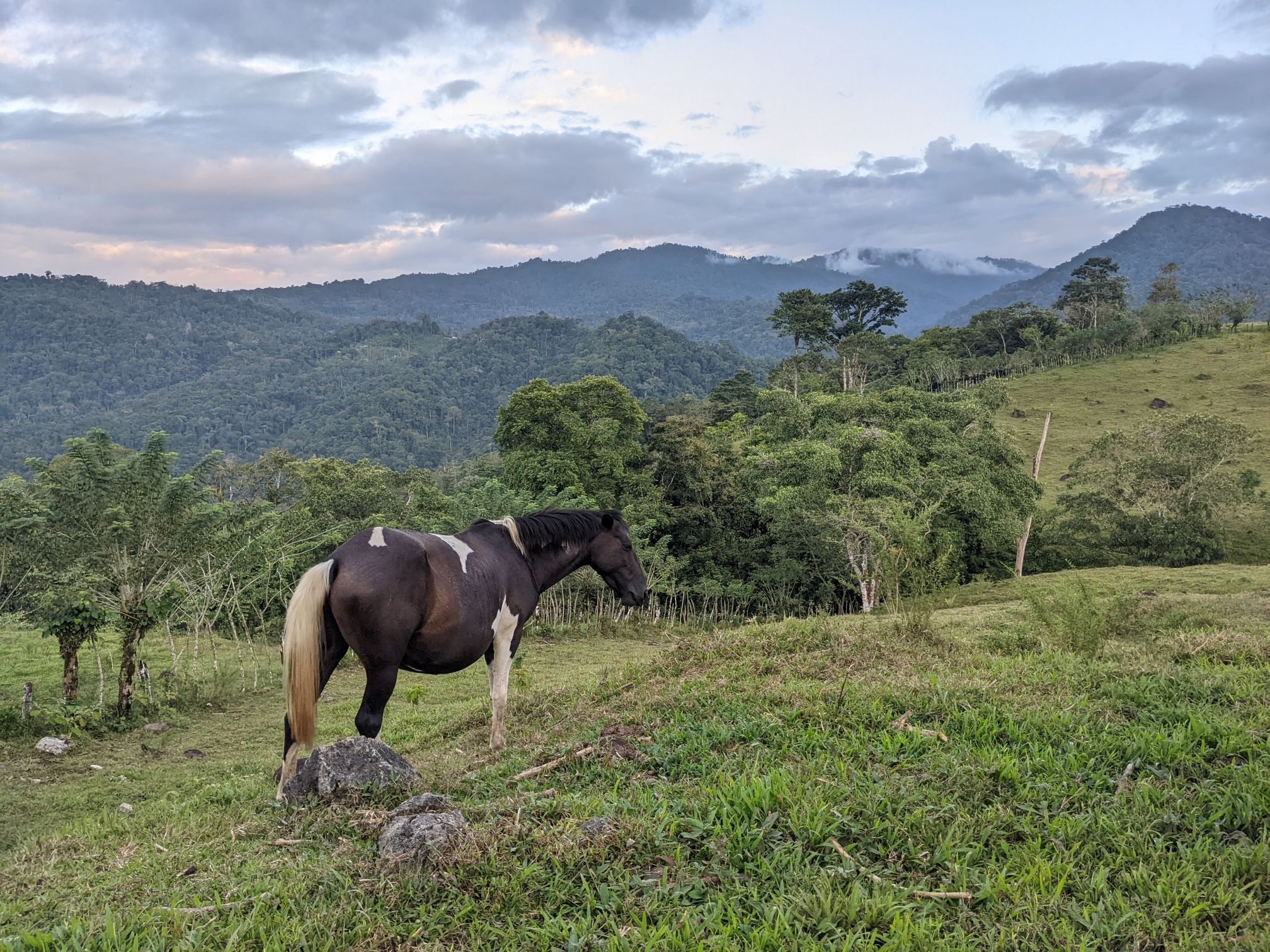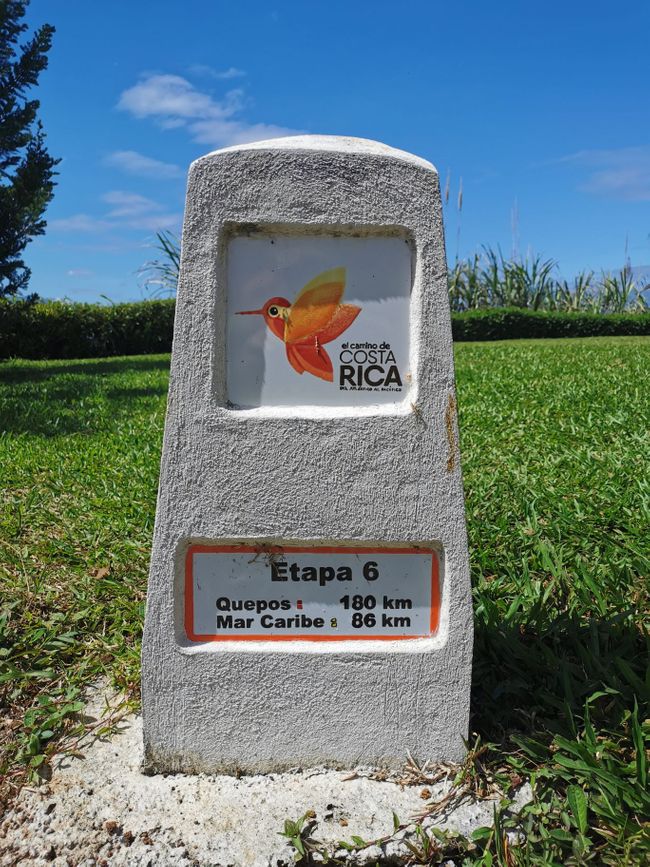Cordillera Blanca - White peaks over 6000 meters
شائع شدہ: 23.11.2019
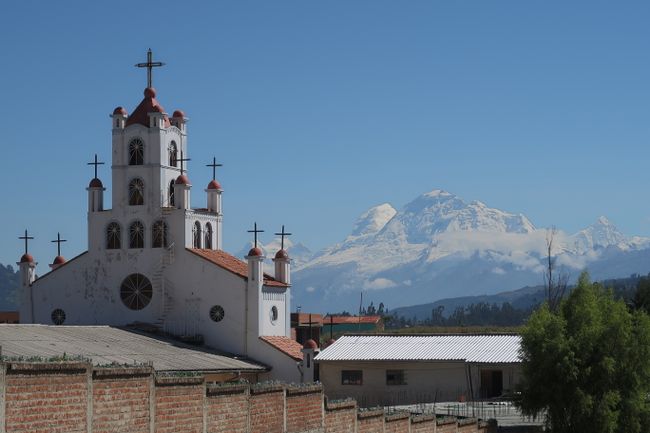
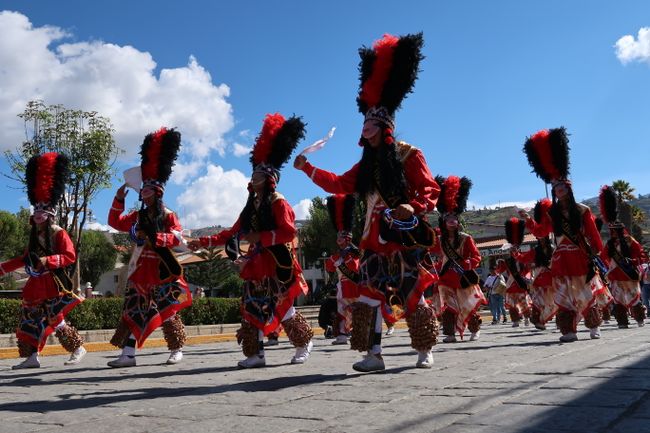
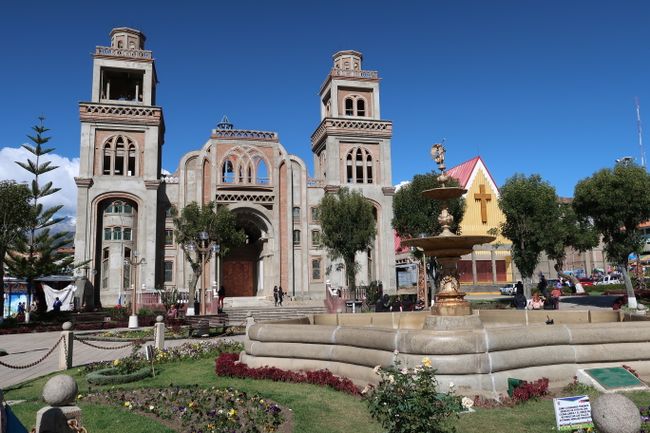
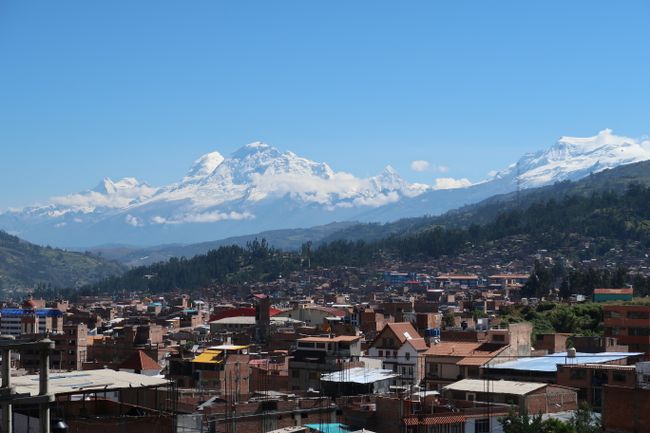
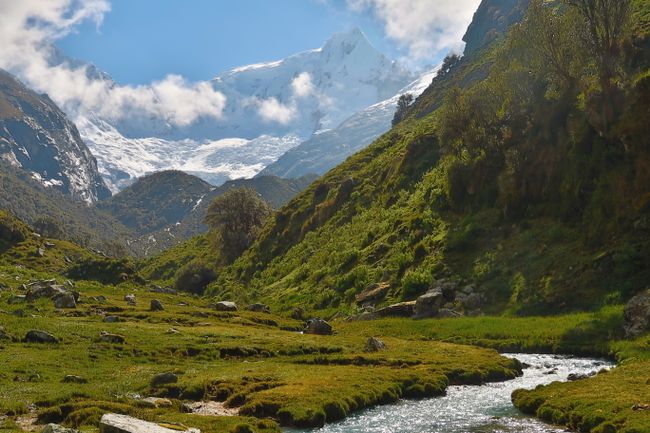
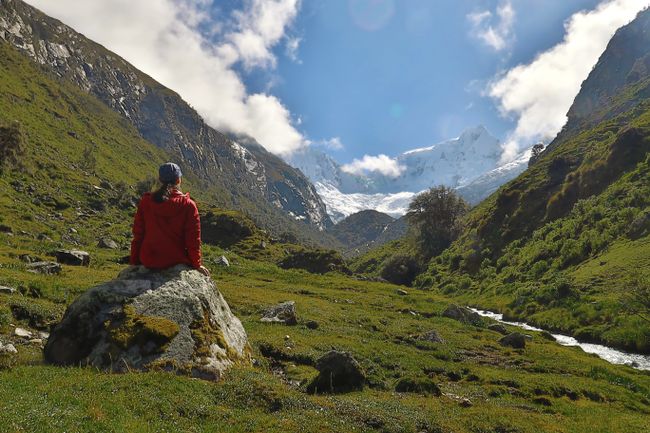
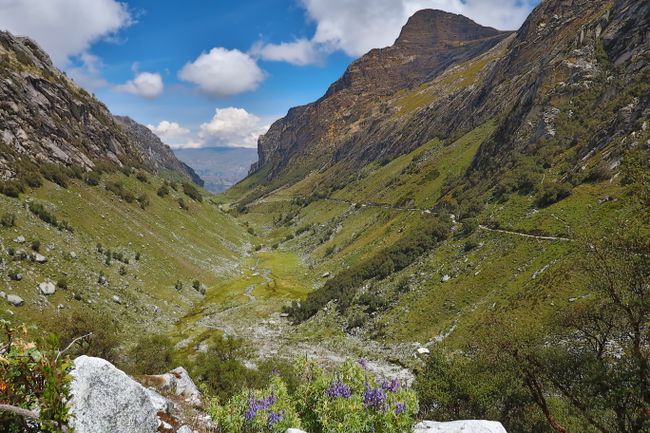
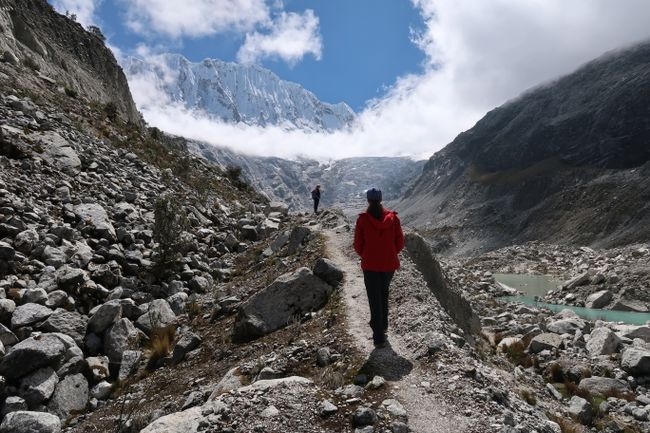
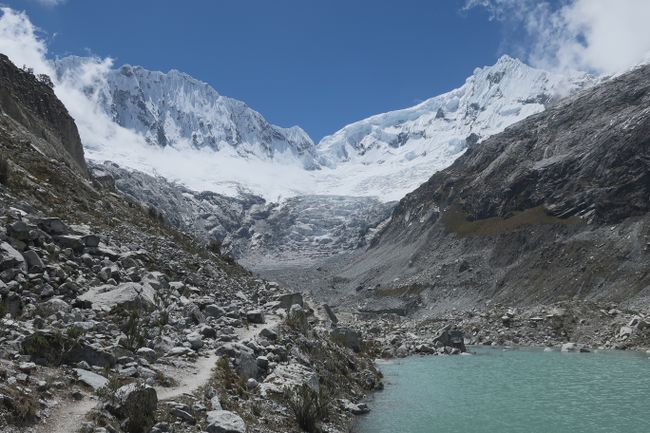
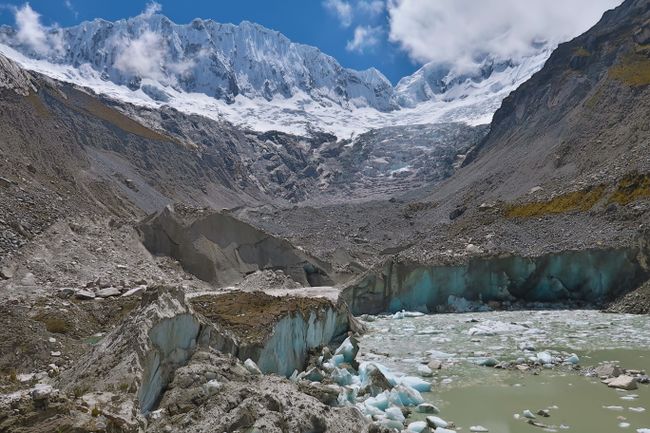
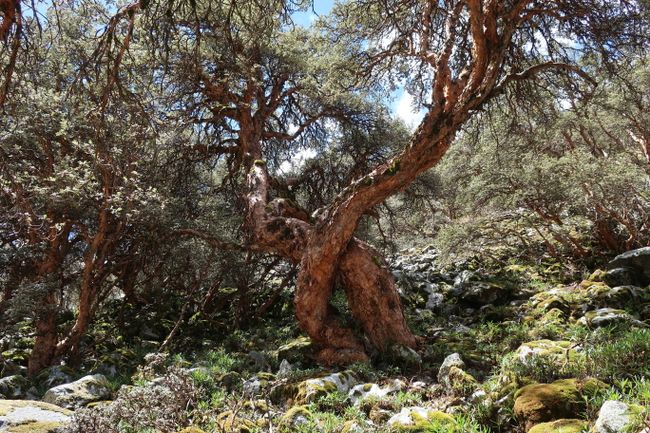
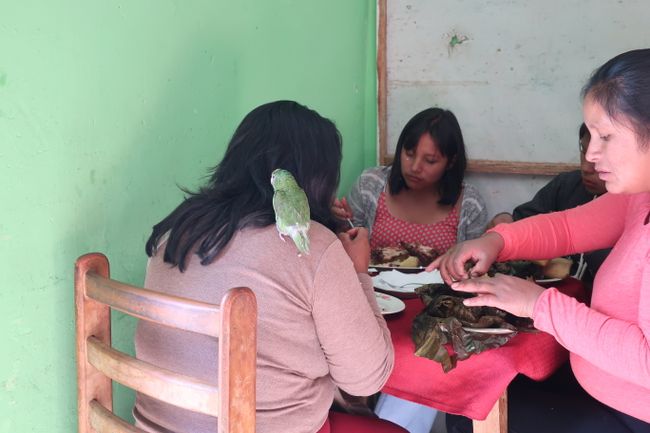
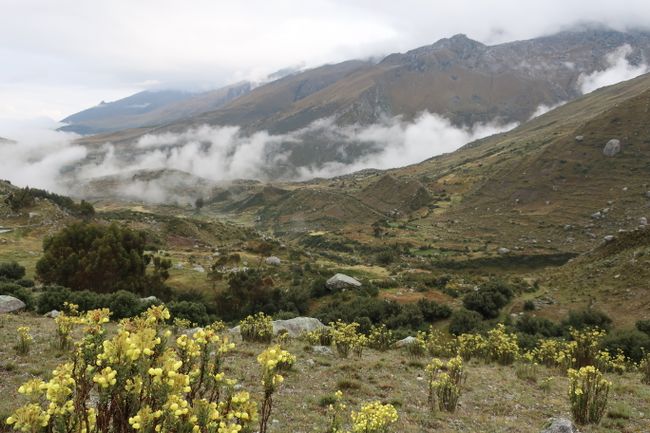
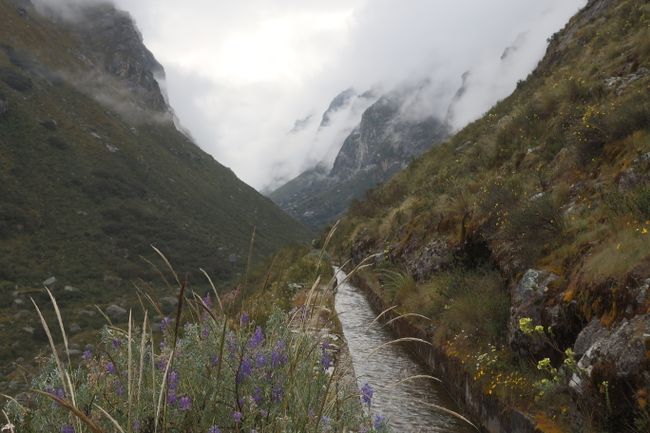
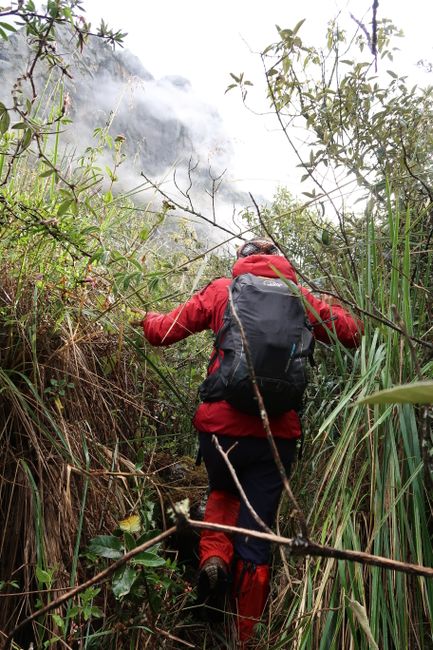
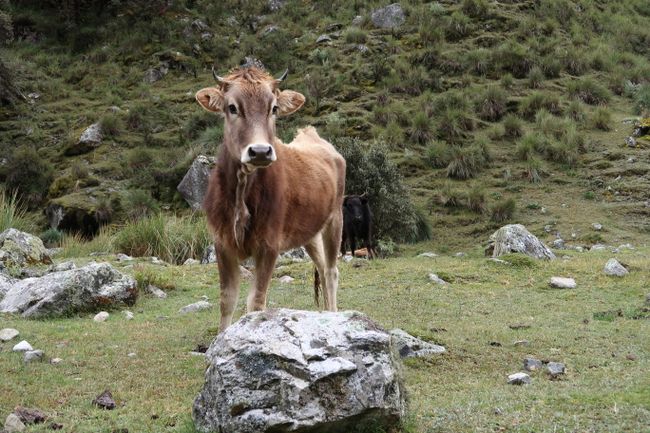
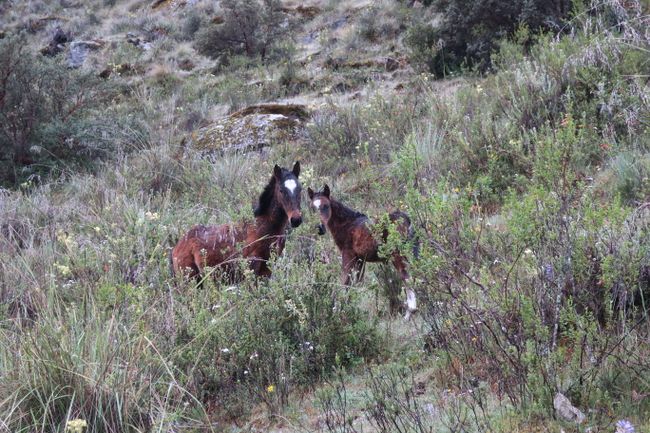
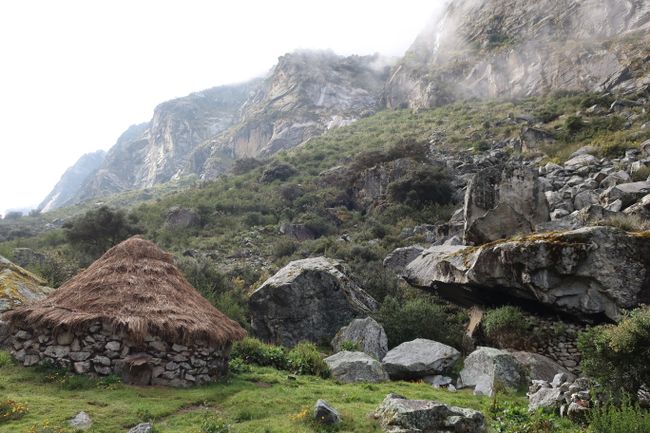
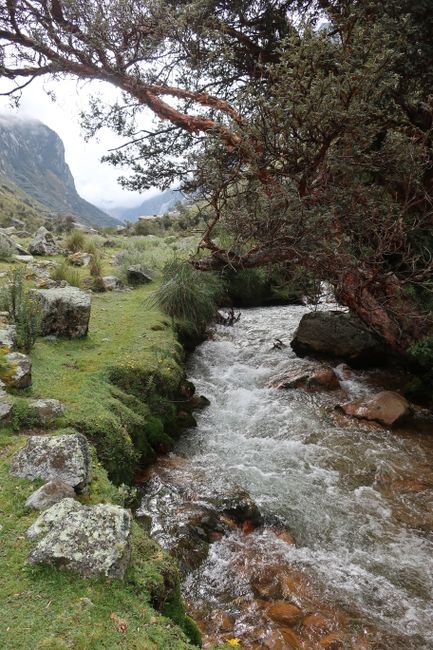
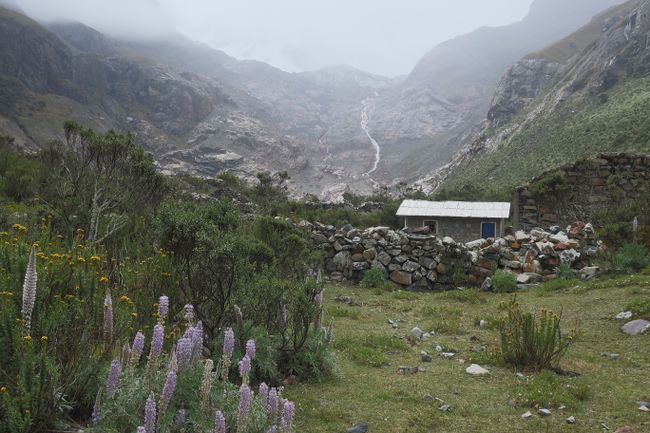
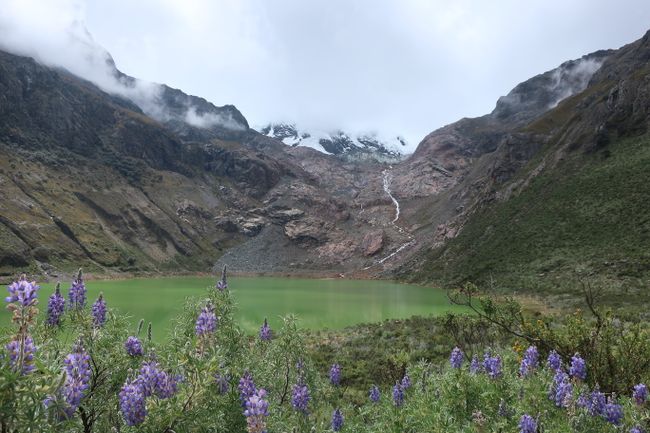
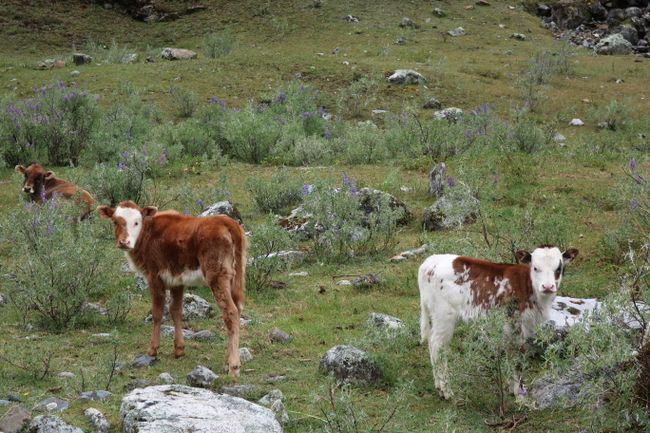
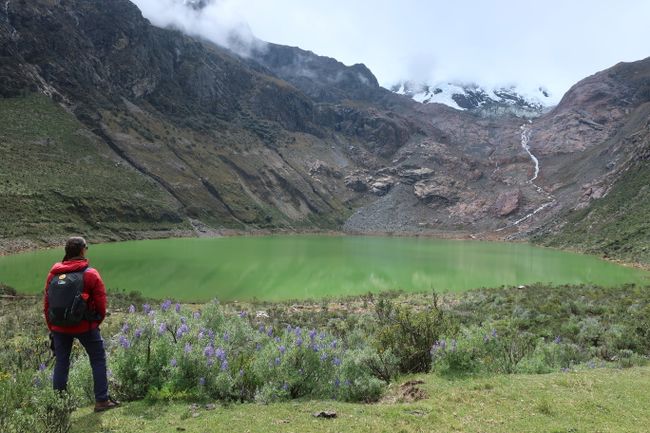
خبری مکتوب کے لیے درخواست دیں
From Arequipa, we flew back to Lima because the bus ride of about 17-18 hours was too long for us. From Lima, we took a night bus north to the highlands of Huaraz in the Cordillera Blanca.
The Cordillera Blanca is the second highest mountain range in the world after the Himalayas and the highest mountain massif in the tropics. 30 peaks here reach over 6000m and more than 50 reach 5700m. The Huascaran in the eponymous national park is the highest mountain in Peru at 6768m, the Alpamayo (5947m) held the title of the most beautiful mountain in the world for a while, and the Artesonraju with 6020m was the template for the logo of Paramount Pictures. These majestic mountains are surrounded by green valleys, crystal-clear mountain lakes, small Andean villages, and around 650 glaciers. It's no wonder that this is a pure outdoor paradise and attracts hikers and climbers from all over the world. We decided to do three longer day hikes, for which the city of Huaraz is the perfect starting point. Since a devastating earthquake in 1970 almost completely destroyed the city and claimed around 19,000 lives, the city itself is not necessarily a sight to behold, but the general sense of adventure with its many cafes and bars for backpackers, and the surrounding mountain panorama more than makes up for the concrete buildings.
When we arrived in Huaraz early in the morning on our first day by night bus, we were lucky and were able to check into our small vacation rental. The terrace, including a cozy hammock, offered a breathtaking view of the surrounding snow-covered mountains under a blue sky, with rather mild temperatures. We explored the city a bit first and were lucky that a church festival ("La fiesta del señor de la soledad") was taking place with parades, traditional costumes, and lots of music.
The next morning, we started our first trip to the Llaca Valley, from where we hiked up to the Ranralpalca Glacier (at 4460m) through green meadows with a river. The glacier of the mighty Ranrapalca (6162m) is one of the few glaciers where you can get close to the ice on foot without a multi-day hike or climbing equipment, and this hidden treasure is still hardly discovered by tourists. Further up, we reached a turquoise lagoon, which offered an impressive sight with the glacier in the background. We continued on stones and scree and arrived directly at the imposing glacier at 4460m. The sky was at its bluest, so we had our packed picnic lunch first. Meltwater had collected at the bottom of the glacier, with some ice floes floating in it, and occasionally you could hear a loud crack and rumble in the distance when ice blocks crashed into the depths. An impressive example of global warming, so that in a few years such glacier visits may no longer be possible. We walked back through a forest, where we caught a glimpse of a rare azure blue little bird (azulito altoandino).
Back in Huaraz, the streets were crowded with people: it was Mother's Day. The "Dia de los Madres" is celebrated throughout Latin America with many activities (there were already free massages and manicures for all women at the bus stop in Lima a few days before). We received a recommendation from our driver for a place where we could enjoy the usual festive meal of Pachamanca on this occasion. In a small side street, we managed to get two seats in one of the many small restaurants and sampled the huge portion of various regional dishes cooked in an earth oven (the sweet Tamales were particularly delicious).
The next day, our destination was Lake Shallap in Huascaran National Park. Very few tourists make it here, so we were alone on the hike with our guide. The path sees so few people that it was almost completely overgrown and we had to make several attempts to hack our way through the bushes to find a crossing over the river. The valley with the surrounding mountains looked mystical with the enveloping clouds. Unfortunately, it started to rain along the way, but we were equipped, typically German, with rain gear. Along the way, we encountered numerous beautiful cows with calves, some of which were quite curious, and also a horse with a foal. The last third of the hike was steep uphill and we worked up a sweat at over 4000m. At the top, there were a few abandoned small stone houses, which were said to have housed construction workers for work on a dam some time ago. Conveniently, the little houses served as a shelter from the rain for a small snack. Our goal, the green Lake Shallap, was truly idyllic, but the bad weather denied us the view of the three impressive mountains behind it, which supply the lake with their glacial water. Nevertheless, it was a beautiful off-the-beaten-path day hike, as they say, and made us excited for the next day when we wanted to visit a highlight in the Cordillera Blanca: Laguna 69.
خبری مکتوب کے لیے درخواست دیں
جواب دیں۔

سفری رپورٹس پیرو
